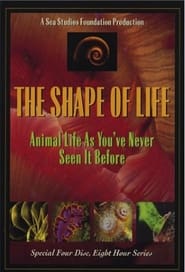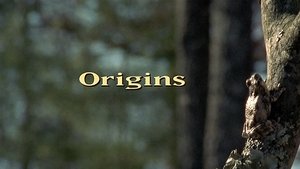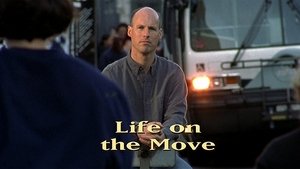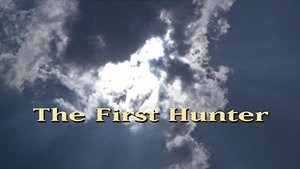The Shape of Life Episode Rating Graph
Mar 2001 - Mar 2001

Mar 2001 - Mar 2001
3.3

Too few ratings to show graph
Too few ratings to show graph
Browse episode ratings trends for The Shape of Life. Simply click on the interactive rating graph to explore the best and worst of The Shape of Life's 8 episodes.
Not enough show information to display best episodes.
Not enough show information to display worst episodes.

S1 Ep1
5.5
30th Mar 2001
For the first time ever, scientists believe they have gathered substantial evidence that points to a single animal group of creatures that gave rise to all animals, including humans. Researchers such as Cristina Diaz and Mitch Sogin think that the most likely candidate for this "Animal Eve" is a group of creatures that still exist: the sponges.

S1 Ep2
When we think of animals, we think of movement. Surprisingly, the diverse and graceful ballet of animal movement may have started with cnidarians, a group that includes corals, sea anemones, sea pens and jellyfish. All of these animals, with few exceptions, have nerves and muscles. Because cnidarians are the simplest animals to possess this complexity, their direct ancestors were very likely the first animals to bundle the power of nerves and muscles together, enabling them to move and exhibit discernible behavior.

S1 Ep3
The best way to find food is to go out and hunt for it. But to hunt, you need to be able to move forward. And to move forward, you usually need a head with paired sense organs to know where you are going attached to a symmetrical body to get you there.
S1 Ep4
For hundreds of millions of years, animal life resided only in the oceans. And then about 400 million years ago, fossil tracks suggest that an animal called a eurypterid left the water to walk on land. Maybe it was fleeing enemies, maybe it was searching for an easy meal, or maybe it was seeking a safe place to lay its eggs.
S1 Ep5
Behind the beautiful shapes and colors of seashells is the story of how a group of animals called molluscs evolved in order to survive. The wide variety of molluscs includes clams, oysters, snails, mussels, squid, and octopus. The word mollusc comes from Latin meaning "soft," a good description of the group's fleshy bodies. Of course, in an ocean filled with predators, a soft body is easily eaten. The early molluscs that happened to develop hard shells not only managed to survive but also succeeded in launching an ever-escalating 500 million year old battle between themselves and their predators.
S1 Ep6
It's easy to believe that animals like us, creatures with heads, eyes, and brains, are the crowning achievement of evolution. But are we really? Echinoderms like sea stars, sea urchins, and sea cucumbers have no head, eyes, or centralized brains, yet they have proven themselves worthy competitors. In fact, they can live in places inaccessible to many other animals.
S1 Ep7
In the 4.5 billion year history of Earth, a mere 10 million years seems rather insignificant, the equivalent of two months in the life of a 75 year-old man. Yet, during a 10 to 20 million year stretch of time, beginning about 540 million years ago, life evolved at an explosive rate. Scientists call the period the "Cambrian Explosion."
S1 Ep8
As we go through our lives — driving cars, exploring the Internet, studying the world around us — it is hard to imagine that we're related to Earth's other animals. It's even a stretch to see what connects us with the rest of the chordates, a group of about 50,000 species including the vertebrates like fish, amphibians, reptiles and birds, mammals and ourselves. But indeed, all chordates, from the worm-like amphioxus to Homo sapiens have three common features.
The first episode of The Shape of Life aired on March 30, 2001.
The last episode of The Shape of Life aired on March 30, 2001.
There are 8 episodes of The Shape of Life.
There is one season of The Shape of Life.
No.
The Shape of Life has ended.